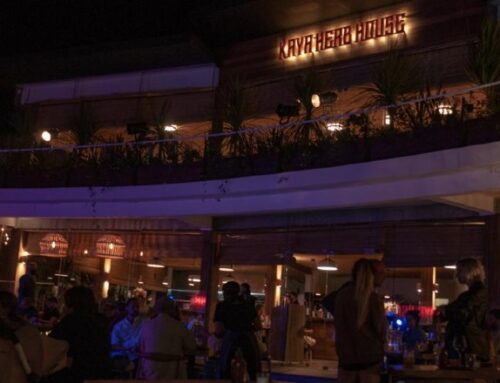Ask anyone who hasn’t spent time in Uruguay what they know about that country’s food, and you may hear mentions of asado, barbecue cooked over a wood fire, or chivito, a steak sandwich topped with bacon, cheese and vegetables. But you’ll often be met with a blank stare.
Hugo Soca is hoping to change this widespread unfamiliarity with Uruguayan fare. His 2012 cookbook, “Nuestras Recetas de Siempre,” which is filled with old-school local recipes, won two Gourmand World Cookbook Awards in Europe. And now he is serving those recipes at Tona, his seven-month-old restaurant in Montevideo.
“It was challenging for me to come forth and assert that we have a traditional cuisine,” said Mr. Soca, 41. “Our food evolved from the Spanish and Italian immigrants that arrived here; what we did was adapt their cookery to our products and tools.”
For example, Uruguayans (and Argentines) eat sorrentinos — round, paunchy pasta pockets that look like a cross between ravioli and tortelloni. Mr. Soca generally serves them filled with roasted eggplant and fresh ricotta, sautéed in tomato sauce, and topped with fresh arugula and toasted almonds.
Most of Tona’s dishes are slightly updated examples of what grandmothers cooked for their families for generations, dishes that rarely appear on local menus. In fact, Mr. Soca’s maternal grandmother, Petrona, was the inspiration for his venture.
“I grew up with my grandparents and parents in the middle of the countryside,” he said, “where we raised chickens, grew vegetables, made cheeses, breads and jams.”
He brings that same homemade ethos to his restaurant, where the kitchen doles out three types of freshly baked bread every day, and the seasonal ingredients are sourced from small local farmers, cheesemongers and fishermen.
On a recent visit, I was transported back to my childhood in Montevideo by an appetizer of buñuelos de espinaca, fritters typically made in the summer and filled with either seaweed or spinach. They were followed by another classic, zapallitos rellenos, roasted eight-ball zucchini stuffed with sliced veal, eggs, tomato and béchamel.
The enameled tin dinnerware was also a throwback, and a nice contrast to the contemporary dining room, decorated with flaxen wooden tables and copper pendant lights. Last month, Mr. Soca introduced a few creative items to the menu, but Petrona’s time-tested recipes will continue to be the star.
Tona: Luis Franzini 955; 598-2712-7628. The average price of a meal for two, without drinks or tip is about 2,000 Uruguayan pesos.
Source: New York Times





